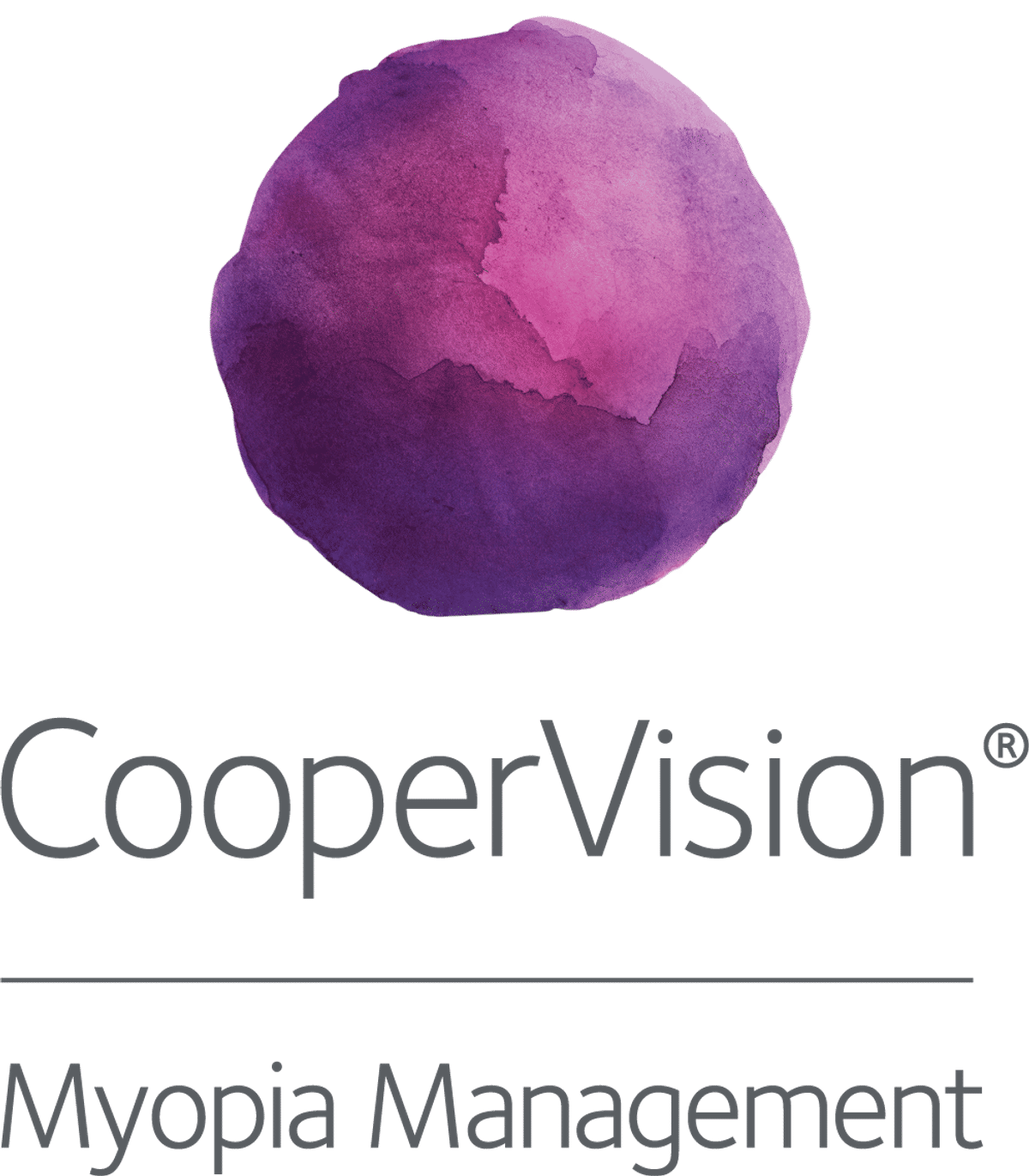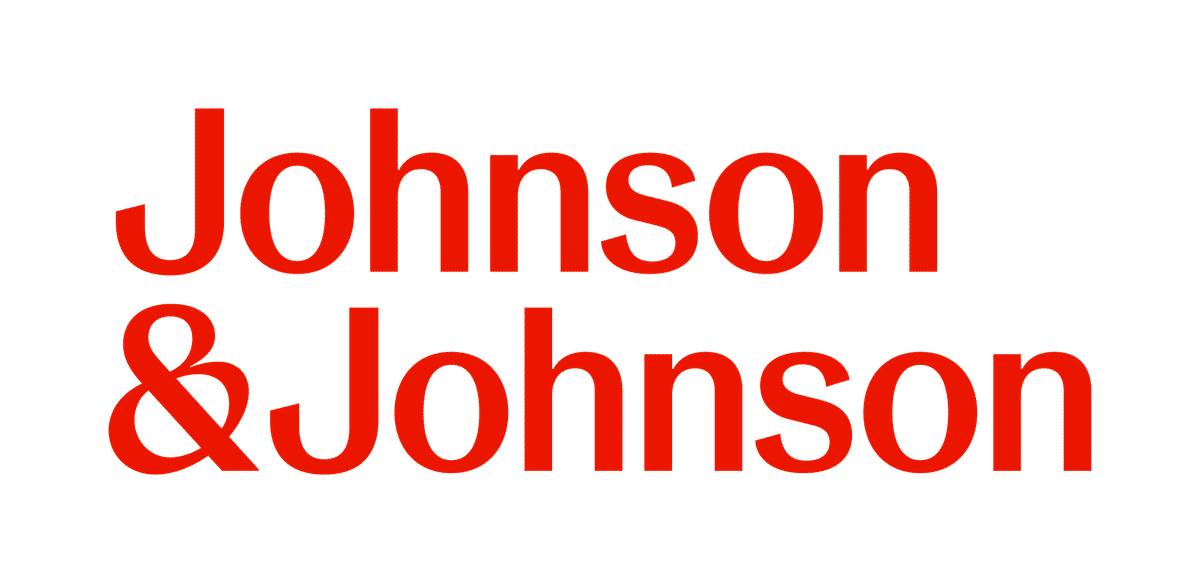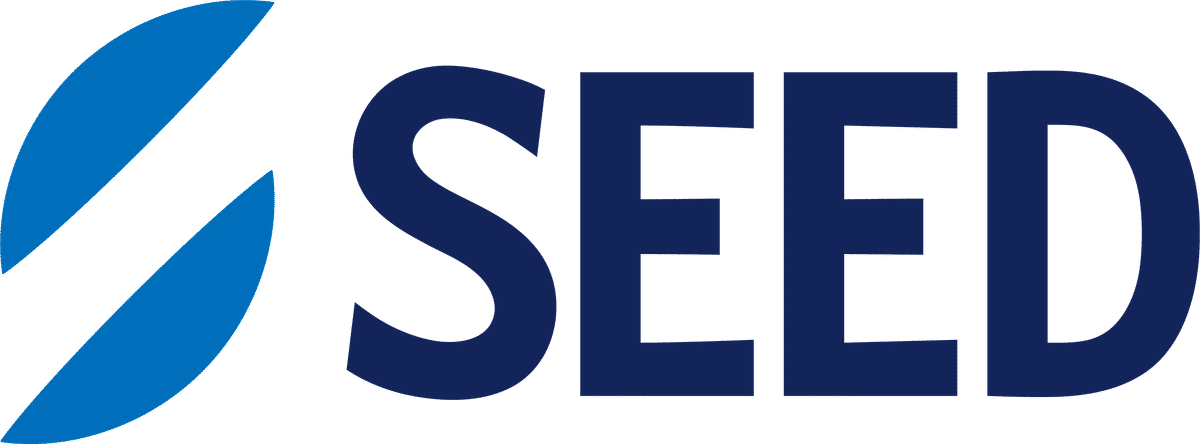Science
Deep learning predicts myopia up to 7 years ahead

In this article:
This study evaluated a novel deep learning model that predicts spherical equivalent (SE) up to 7 years into the future using real-world, irregularly sampled clinical data from 895 myopic children and adolescents. The model achieved a mean absolute error of 0.10 D overall. Prediction accuracy was highest in older children, with more historical records, and shorter prediction durations.
Paper title: A Novel Time-Aware Deep Learning Model Predicting Myopia in Children and Adolescents
Authors: Varošanec AM (1,2), Marković L (1,2), Sonicki Z (3)
- University Eye Department, University Hospital "Sveti Duh", Reference Center of The Ministry of Health of The Republic of Croatia for Pediatric Ophthalmology and Strabismus, Reference Center of The Ministry of Health of The Republic of Croatia for Inherited Retinal Dystrophies, Zagreb, Croatia
- Faculty of Dental Medicine and Health Osijek, University Josip Juraj Strossmayer in Osijek, Croatia
- Department of Medical Statistics, Epidemiology and Medical Informatics, Andrija Štampar School of Public Health, School of Medicine, University of Zagreb, Zagreb, Croatia
Date: Published online June 13, 2024
Reference: Varošanec AM, Marković L, Sonicki Z. A Novel Time-Aware Deep Learning Model Predicting Myopia in Children and Adolescents. Ophthalmol Sci. 2024 Jun 13;4(6):100563.
Summary
Predictive modelling of myopia progression is a growing focus in eye care, aiming to identify fast progressors to guide earlier and more effective interventions. Deep learning models have demonstrated the potential to outperform traditional predictive models in other medical applications. Applications of deep learning models in myopia prediction have been limited so far. In the real world, clinical visits may occur at irregular intervals and not all clinical visits may include a complete ophthalmic workup – both of which can hamper the reliability of predictions.
A novel deep learning model – known as extended gate time-aware long short-term memory (egT-LSTM), was devised to overcome this hurdle. This study evaluated the performance of egT-LSTM in predicting future spherical equivalent (SE) refraction in myopic children and adolescents, based on irregular time series data.
The study involved a retrospective analysis of 46,643 ophthalmic records of myopic children and adolescents (n=895) aged 4 to 18 years, who attended a hospital-based ophthalmology clinic in Croatia between 2008 and 2023. Axial length and corneal curvature were not included in the data set.
Key findings were as follows.
- The model was very accurate, with its predictions being on average only 0.10 D off from the actual measured values.
- Best prediction performance (MAE = 0.07 D) occurred with 4 historical records and short-term (≤1 year) prediction durations. Older age groups and low myopia were also associated with lower error.
- Prediction error increased with shorter sequence of visits, longer prediction durations, younger age groups, and in pre-myopic or highly myopic individuals.
- Even with statistically significant differences in prediction error amongst different subgroups, all remained well within the clinically acceptable error margin of <0.75 D.
What does this mean for my practice?
This study introduces a clinically relevant approach to long-term prediction of myopic refractive error. Using a deep learning model specifically designed to process irregular and incomplete clinical records, predictions up to 7 years were achieved (at a clinically acceptable accuracy).
The ability to forecast spherical equivalent changes over multiple years offers powerful support for decision-making around timing and intensity of myopia management. For example, children flagged as high-risk based on early trajectory could be considered for more proactive myopia management strategies. Myopic children who receive earlier intervention benefit from a longer treatment duration, especially when progression tends be more rapid at a younger age. For practitioners, accurate predictive models for myopia can improve confidence surrounding prescribing decisions, and inform the need for shorter review periods in the case of high-risk progressors. Predictions can help families to visualise the anticipated course of myopia progression and recognise the urgency of myopia management, which may improve adherence and engagement.
These early results suggest a feasible path for integrating AI tools into practice settings to support timely and effective clinical decision making.
What do we still need to learn?
The study identified several limitations. Use of a solely Croatian cohort limits the generalisability of the predictive model to other ethnic groups, as the prevalence of myopia in Croatia is significantly lower than Asian countries. Inclusion of only primary myopic subjects helps mitigate this limitation, aligning with the model’s specific aim of predicting future (myopic) spherical equivalent refractive error. However, regional differences in progression rates may still exist.
Furthermore, the model did not include ocular biometric data such as axial length or corneal curvature - which are frequently used parameters in modelling studies.
Future studies could offer more accurate, tailored predictions by considering the inclusion of modifiable risk factors and use of myopia control treatments, both of which can affect the trajectory myopia progression.
Curious how other studies have used axial length to forecast myopia? Read our
overview of the research.
Abstract
Purpose: To quantitatively predict children's and adolescents' spherical equivalent (SE) by leveraging their variable-length historical vision records.
Design: Retrospective analysis.
Participants: Eight hundred ninety-five myopic children and adolescents aged 4 to 18 years, with a complete ophthalmic examination and retinoscopy in cycloplegia prior to spectacle correction, were enrolled in the period from January 1, 2008 to July 1, 2023 at the University Hospital "Sveti Duh," Zagreb, Croatia
Methods: A novel modification of time-aware long short-term memory (LSTM) was used to quantitatively predict children's and adolescents' SE within 7 years after diagnosis.
Main outcome measures: The utilization of extended gate time-aware LSTM involved capturing temporal features within irregularly sampled time series data. This approach aligned more closely with the characteristics of fact-based data, increasing its applicability and contributing to the early identification of myopia progression.
Results: The testing set exhibited a mean absolute prediction error (MAE) of 0.10 ± 0.15 diopter (D) for SE. Lower MAE values were associated with longer sequence lengths, shorter prediction durations, older age groups, and low myopia, while higher MAE values were observed with shorter sequence lengths, longer prediction durations, younger age groups, and in premyopic or high myopic individuals, ranging from as low as 0.03 ± 0.04 D to as high as 0.45 ± 0.24 D.
Conclusions: Extended gate time-aware LSTM capturing temporal features in irregularly sampled time series data can be used to quantitatively predict children's and adolescents' SE within 7 years with an overall error of 0.10 ± 0.15 D. This value is substantially lower than the threshold for prediction to be considered clinically acceptable, such as a criterion of 0.75 D.
Meet the Authors:
About Brian Peng
Brian is a clinical optometrist based in Sydney, Australia. He graduated from the University of New South Wales and was awarded the Research Project Prize for his work on myopia. He has a keen interest in myopia-related research, industry, and education.
Read Brian's work on our My Kids Vision website, our public awareness platform. Brian also works on development of various new resources across MyopiaProfile.com.
References
- Morgan PB, McCullough SJ, Saunders KJ. Estimation of ocular axial length from conventional optometric measures. Cont Lens Anterior Eye. Feb 2020;43(1):18-20. [link]
- Mutti DO, Hayes JR, Mitchell GL, et al. Refractive error, axial length, and relative peripheral refractive error before and after the onset of myopia. Invest Ophthalmol Vis Sci. Jun 2007;48(6):2510-9. [link]
- Tideman JWL, Polling JR, Vingerling JR, et al. Axial length growth and the risk of developing myopia in European children. Acta Ophthalmol. May 2018;96(3):301-309. [link]
- Sanz Diez P, Yang LH, Lu MX, et al. Growth curves of myopia-related parameters to clinically monitor the refractive development in Chinese schoolchildren. Graefes Arch Clin Exp Ophthalmol. May 2019;257(5):1045-1053. [link]
- Smith G. Refraction and visual acuity measurements: what are their measurement uncertainties?. Clin Exp Optom. Mar 2006;89(2):66-72. [link]
Enormous thanks to our visionary sponsors
Myopia Profile’s growth into a world leading platform has been made possible through the support of our visionary sponsors, who share our mission to improve children’s vision care worldwide. Click on their logos to learn about how these companies are innovating and developing resources with us to support you in managing your patients with myopia.












